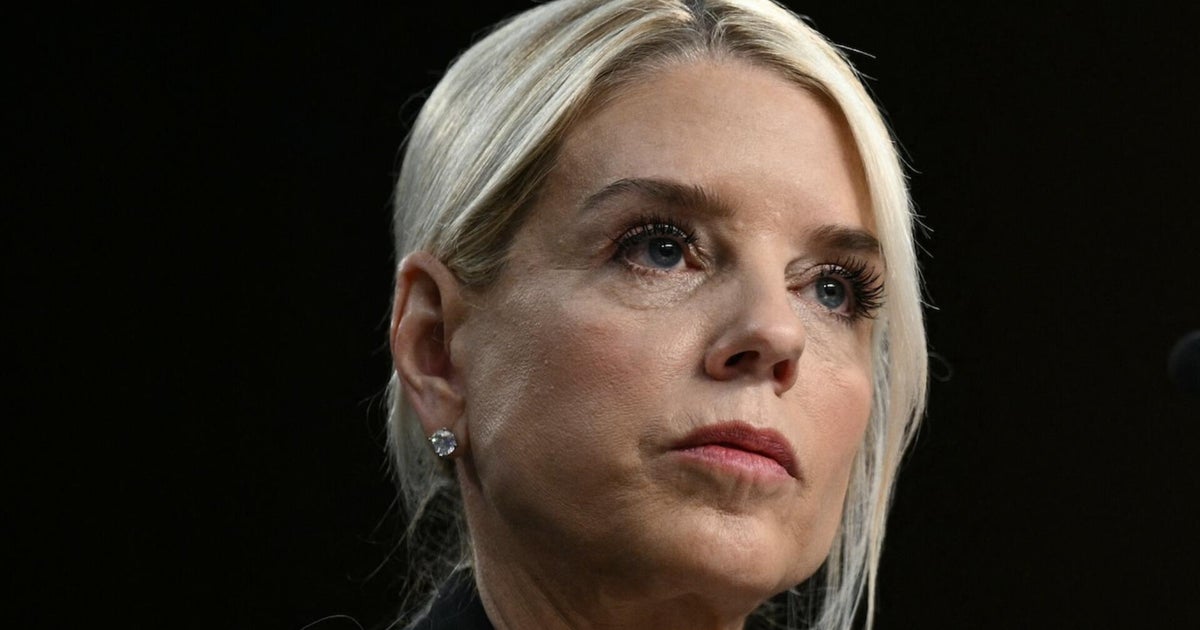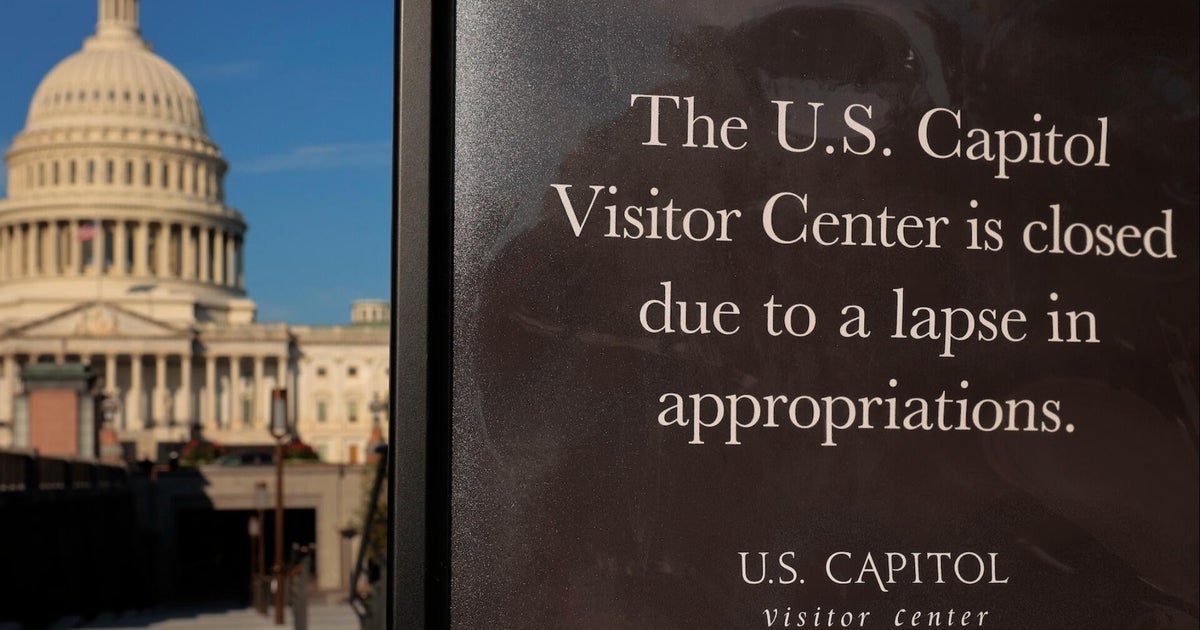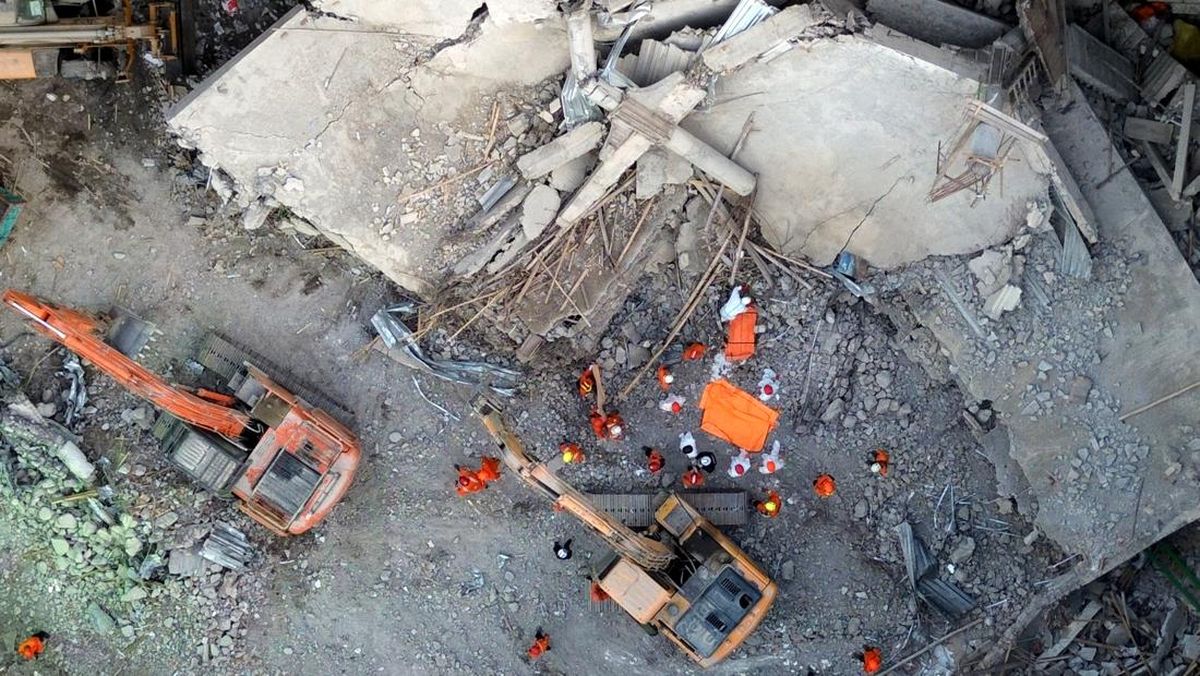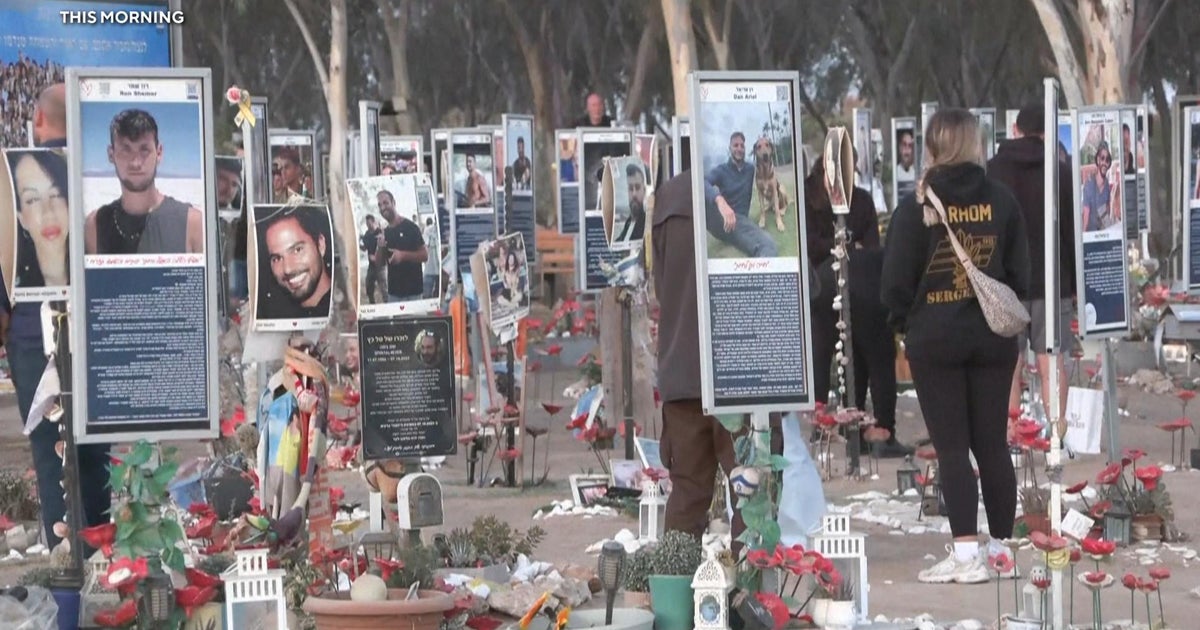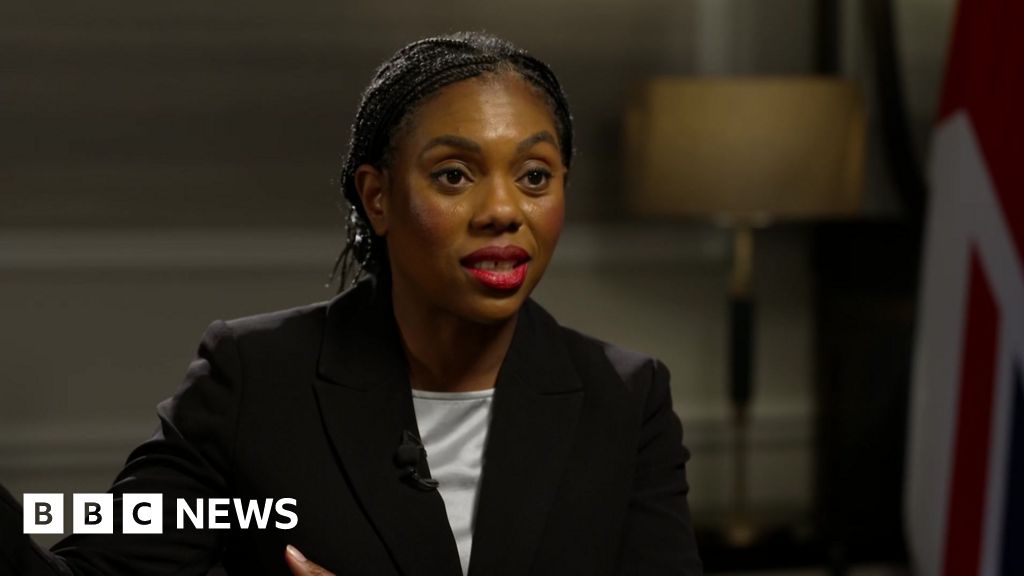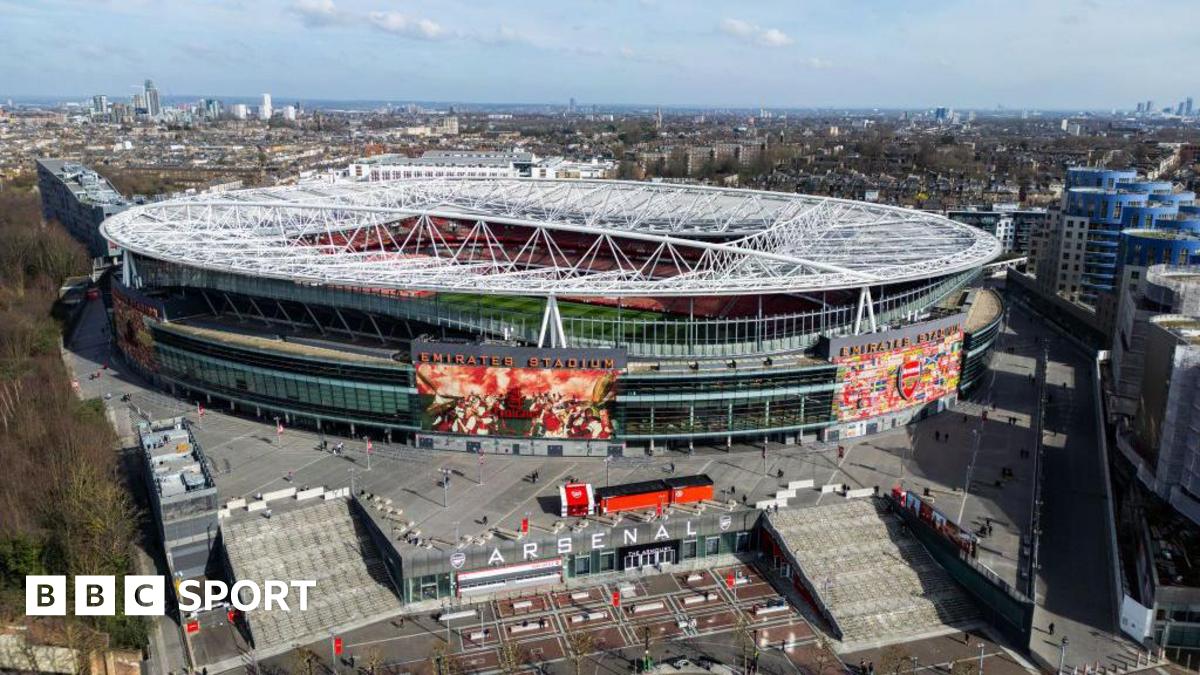The state’s hospital ramping problem has been laid bare again today, with new figures revealing ambulances spent more than 7200 hours outside hospitals for a third straight month.
September’s ramping numbers are now the highest on record, prompting a joint meeting of different health unions.
The Australian Medical Association, the Australian Nursing Federation, Health Services Union and United Workers Union have launched a five-point plan to tackle ramping.
The five-point plan
- 400 more aged-care beds: Move non-medical cases into the right care to free acute wards for those who need them most.
- New ED diversions for better pathways for care: The best diversion is prevention, therefore it is essential to ensure immunisation remains a high priority in the community. Beyond that, expand public health options including access to primary care, virtual emergency departments, sexual assault and domestic violence services, extended-care paramedics and acute mental health supports to keep people out of crowded emergency rooms.
- Staff every bed: Safe health care requires enough staff to have every bed open, especially during winter peaks.
- A 24/7 state needs 7-day hospitals: Operate services at full capacity across weekends to smooth Monday surges and ensure continuity of patient care.
- One rule book for a unified approach to health care: Set clear, system-wide protocols so patients get timely, consistent treatment everywhere.
In a media release, they said that health staff carried on under incredible pressure, but could not have another winter like this one.
Australian Medical Association WA president Kyle Hoath said they were advocating for a solutions-based approach.
“We don’t want to be a broken record on ramping but neither do we want to keep breaking ramping records,” he said.
“Listening to its entire workforce, the WA government needs to pull every lever it has available at its disposal to tackle the modern problems facing WA’s health and care system.”
United Workers Union WA State Secretary Carolyn Smith said moving “non-medical cases” out of hospitals made beds available for urgent medical cases and helped address ramping.
“This year a peak of more than 300 beds were occupied by non-medical cases – predominantly elderly people with no other bed to go to,” she said.
“Creating more aged care beds will be a massive pressure release on a hospital system that went too close to breaking this year.”




